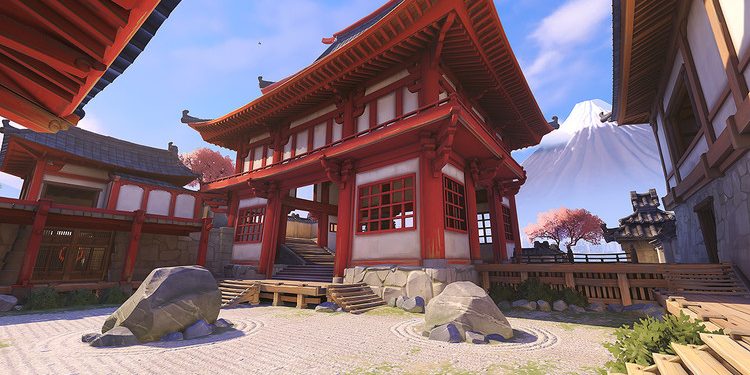Building Worlds: How Video Games Inspire Real-World Architecture and Urban Design
While it might seem like video games and urban planning live in completely different spheres, their overlap is surprisingly rich. From futuristic cities in open-world adventures to minimalist puzzle layouts, games have become unexpected sources of inspiration for real-world architects and city planners.
Let’s explore how the digital design of game environments is beginning to shape the spaces we live in.
Games as Spatial Experiments
In sandbox and simulation games like SimCity, Cities: Skylines, and Minecraft, players design their own environments from scratch. These games offer a playground to test ideas about traffic flow, zoning, energy use, and population density—issues that urban planners face in real life.
The difference? In a game, mistakes are reversible, and experimentation is encouraged.
Planners and architects increasingly use game engines like Unity or Unreal to simulate city layouts or building projects before breaking ground. What began as entertainment has become a testing ground for real-world development.
Virtual Architecture and Design Freedom
Games allow architects to explore designs that defy physical constraints. The gravity-defying buildings in Mirror’s Edge or the vertical megastructures in Cyberpunk 2077 challenge traditional spatial logic, but they also inspire real-world discussions around vertical living, modular housing, and multi-use urban cores.
Even casual platforms adopt stylized visual cues drawn from architecture. For example, livo88 utilizes sleek interface layouts that borrow from modern digital design trends—combining usability with the aesthetics of clean spatial flow, not unlike minimalist architecture.
Human Behavior in Virtual Space
Games track how players move through digital spaces, giving designers valuable insights into behavioral patterns. How do people navigate open environments? Where do they pause, backtrack, or get confused?
This kind of data is invaluable for real-life planning. Designers can study player movement in virtual worlds to better understand how people might interact with malls, parks, transit hubs, or public squares.
Games like The Witness or Portal demonstrate how architectural design can guide decision-making and exploration without a single word. These are lessons urban planners can—and do—apply.
Cultural Storytelling Through Space
Games aren’t just about utility—they’re also about culture and identity, just like real-world architecture. Think of the gritty alleys of Dishonored, the romantic rooftops of Assassin’s Creed, or the cozy towns in Animal Crossing. These places tell stories through design.
Architects, too, use space to tell stories. And as games grow more immersive, they offer new ways to reimagine cultural memory, communal spaces, and emotional impact through form and layout.
Gamification of Urban Living
Cities themselves are adopting gaming principles to encourage participation and better behavior. Apps that reward walking, public transit games for kids, and interactive wayfinding systems are all part of the gamification of urban life.
Designers are using playful, game-inspired tools to make cities more livable, more engaging, and even more sustainable.
Conclusion
Video games aren’t just entertainment—they’re laboratories for design thinking, architectural imagination, and spatial problem-solving. The next great urban solution may not come from a blueprint, but from a player who once built a city on a screen.
Whether you’re traversing a futuristic skyline or just exploring interactive platforms like livo88, the way we interact with digital space is already shaping the future of our physical world.


























